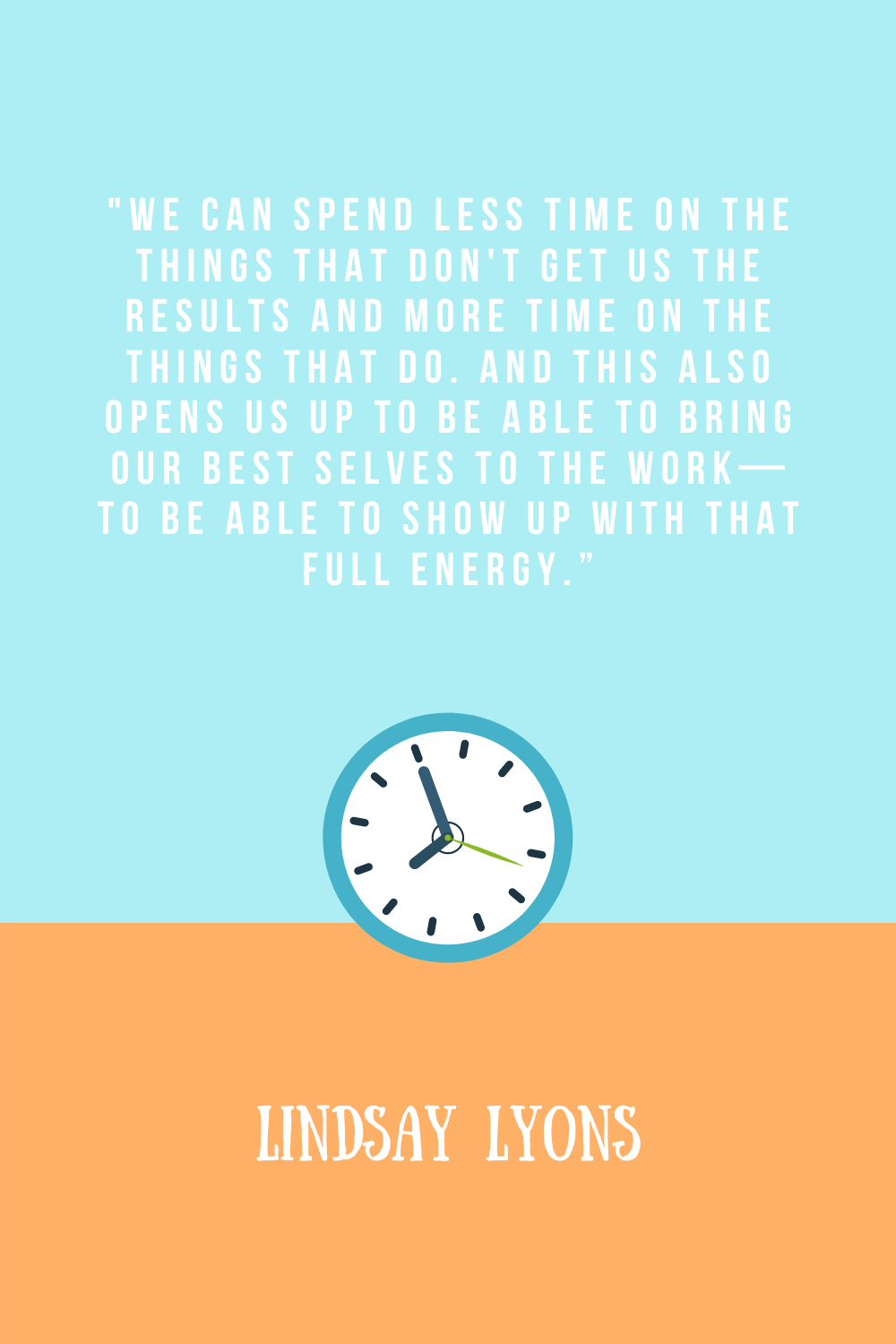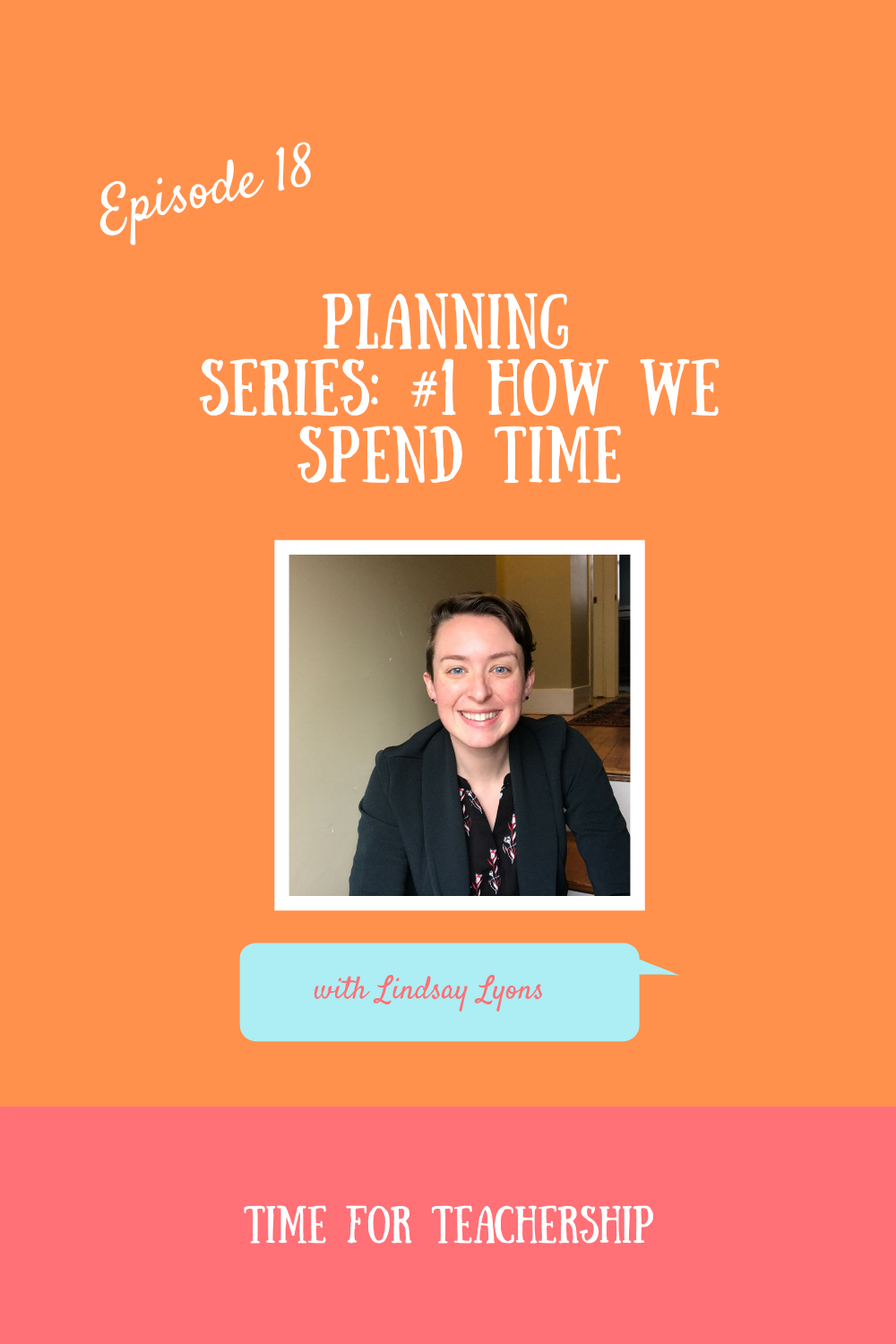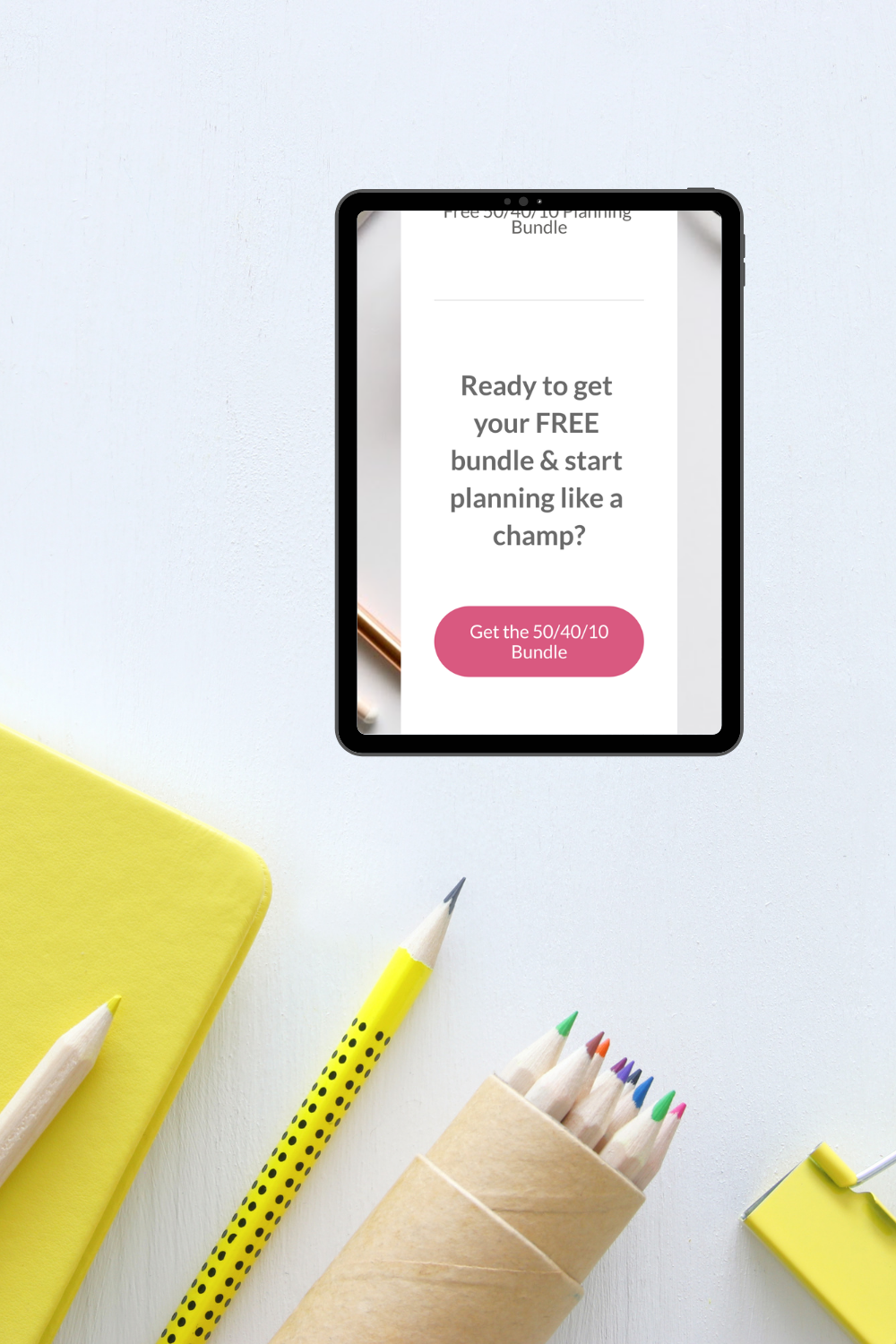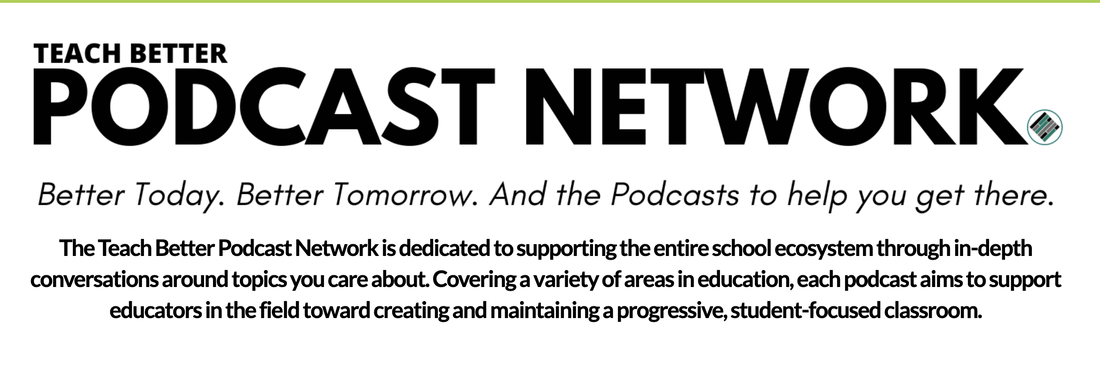|
What does it mean to be strategic with your time? Strategic is the word of the year for Lindsay and today she’s reporting on all the benefits of tracking your planning so you can shift your planning practice. How much of your work is generating your results? How you choose to spend your planning time as a teacher is crucial because it determines how much time you’ll devote to each piece of your planning. And since time is already so precious, we have to have a strategic approach to planning that gets you results with less paperwork, researching, etc. In order to be more efficient with it, you need to first know how much time you’re currently spending on each activity. The 80/20 principle says that 80% of your outcomes are from only 20% of your work. So that means that certain things you’re doing are driving the majority of your results and that the rest is really something that should be reassessed and perhaps cut down on in order to save you more time for what’s working. The 50/40/10 Strategy The strategy that Lindsay started using is based off of her resource the 50/40/10 Planning Bundle. This bundle is composed of eight pages of documents of synthesized research with a step by step checklist along with planning templates that you can fill out in a variety of ways. This strategy asks you to first identify the “buckets” or categories that your tasks align with. These are those high leverage activities but can also include those that are low leverage as an "other" category. Then you split your time into specific ratios and allocate certain activities to those ratios. The most ideal ratios that Lindsay found after research and experimenting is 50% for planning, 40% for professional development, and 10% on student feedback. These percentages can be played with to find what works best for you. But these ratios are shown to increase the quality of teacher instruction and raising quality instruction means that student achievement levels start to go up as well. “This is all about really removing the unnecessary things that don't produce as big results as we could be producing in order to get to a place where we're really thinking strategically and making those big powerful high leverage shifts.” So 50% percent of planning can look like designing the content, researching, gathering resources, and writing out the lesson plan. The reason that 40% goes towards personal development is because the research shows how closely connected student success is with you, as an instructor, developing your capabilities and skills. If you want to go beyond staff meetings, you can also consider attending a colleague’s class (even on zoom) or listening to a relevant podcast as a method of personal and professional development. And then that last 10% is focusing on providing students qualitative responses to their assignments rather than a simple grade. If you aim to give the majority of feedback during class time then you won’t need very much time for this outside of class. Lindsay says that before using this strategy she was spending so much time outside of class on planning with no room for professional development and it wasn’t getting the results she wanted. “I could see that it wasn't producing results. And so when I shifted over time and experimented pretty boldly, actually, with different approaches to planning, and tinkered with that formula, it ended up saving me about 700 hours per school year, which is monumental! So it reduced my time spent planning outside of school to just zero to two hours a week, which is a world of difference.” Identify what is needed and get rid of what isn't To get the same benefits, you should first take one week to track what you’re doing. Time yourself for every activity you do during planning time. Next, categorize these activities into three to four themes. After that, take a look and find the thing that’s using up the most time inefficiently. Make a plan for how you can either outsource that work or automate it. Once you’ve done all that you can set a weekly time limit for each bucket activity and use that new space for your goals and opportunities for professional development. You may find that it’s tough to stick to this the first week. But don’t think of it as “I don’t have enough time to finish this.” Be determined and use creativity. Think of some low-prep strategies that deliver high impacts. Also use the 50/40/10 Planning Bundle as a helpful resource that divides your percentages into your three buckets, makes suggestions, and reminds you of your goals and your big thinking for the semester. To continue the conversation, you can head over to our Time for Teachership Facebook group and join our community of educational visionaries. Lindsay can be found on LinkedIn and Instagram. Until next time leaders, continue to think big, act brave, and be your best self.
0 Comments
Leave a Reply. |
Details
For transcripts of episodes (and the option to search for terms in transcripts), click here!
Time for Teachership is now a proud member of the...AuthorLindsay Lyons (she/her) is an educational justice coach who works with teachers and school leaders to inspire educational innovation for racial and gender justice, design curricula grounded in student voice, and build capacity for shared leadership. Lindsay taught in NYC public schools, holds a PhD in Leadership and Change, and is the founder of the educational blog and podcast, Time for Teachership. Archives
May 2024
Categories |




 RSS Feed
RSS Feed